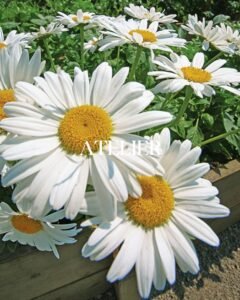
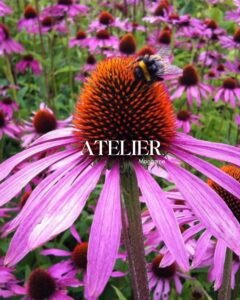
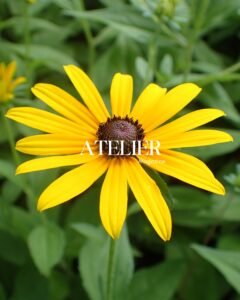
As a horticulturist, few things bring me more joy than seeing a perennial garden burst into color under the summer sun. Perennials not only offer enduring beauty but also reward the patient gardener with consistent, season-after-season blooms. For a garden that thrives through the heat of summer and provides nectar-rich blossoms for pollinators, here are three of my favorite tried-and-true performers: Black-eyed Susans, Coneflowers, and Shasta Daisies.
1. Black-eyed Susan (Rudbeckia hirta)
One of the most iconic summer perennials, Black-eyed Susans light up gardens with their golden-yellow petals and dark chocolate centers. Native to North America, these cheerful flowers are as tough as they are beautiful. They’re drought-tolerant, deer-resistant, and bloom profusely from mid-summer well into fall, making them a favorite for both beginner and experienced gardeners.
To care for Black-eyed Susans, choose a sunny location with well-draining soil. They thrive in full sun (at least six hours per day) and require minimal watering once established. Deadheading spent blooms can encourage new flowers and prolong the blooming period. Every few years, divide the clumps in early spring to keep them vigorous and prevent overcrowding.
Interesting fact: Black-eyed Susans are a favorite of native bees and butterflies, and they play an important role in supporting local ecosystems. Let some go to seed at the end of the season—they’ll self-sow and surprise you with pops of sunshine the following summer.

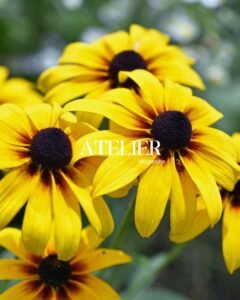
2. Coneflower (Echinacea purpurea)
Coneflowers bring both elegance and resilience to the summer garden. With their upright growth habit and daisy-like petals surrounding a spiky central cone, these flowers come in shades of purple, pink, white, and even orange. Native to the prairies of the Midwest, they are not only ornamental but also medicinal—long used in herbal remedies to support the immune system.
Coneflowers prefer full sun and well-drained soil, though they’re forgiving of partial shade. Water regularly during the first growing season to establish roots, but afterward, they’re highly drought-tolerant. Avoid overly rich soil, as this can lead to floppy plants. Leave the seed heads intact in late summer for winter interest and to feed birds like goldfinches.
Interesting fact: Echinacea is a powerhouse pollinator plant, attracting bees, butterflies, and hummingbirds. It’s also one of the few flowers that maintains its upright form even after blooming—its seed heads are architectural and beautiful through the winter.


3. Shasta Daisy (Leucanthemum × superbum)
With their crisp white petals and sunny yellow centers, Shasta Daisies exude classic garden charm. Named after California’s Mount Shasta, these perennials are a hybrid of several wild daisy species and were bred for their beauty, vigor, and long bloom time. They are ideal for borders, cottage gardens, and cutting gardens, adding a clean, fresh contrast to brighter blooms.
Shasta Daisies grow best in full sun and moderately fertile, well-drained soil. They don’t appreciate wet feet, so good drainage is key. Water them regularly during dry spells, and deadhead often to encourage reblooming. After the first hard frost, cut back stems to just above the soil to promote healthy regrowth in spring. Divide clumps every two to three years to keep them healthy and well-shaped.
Interesting fact: Unlike many perennials, Shasta Daisies are known for their extended vase life—making them perfect for summer bouquets. They also pair well with herbs like lavender and yarrow in the garden for a timeless, meadow-inspired look.

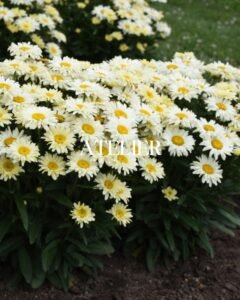
Cultivating Summer Soul
These three perennials are more than just pretty faces—they’re hardy, dependable, and steeped in ecological value. When chosen thoughtfully, summer blooms can create a garden that feeds the eyes, the soul, and the pollinators all season long. With the right care and placement, they’ll return year after year, anchoring your outdoor sanctuary with color and grace.
